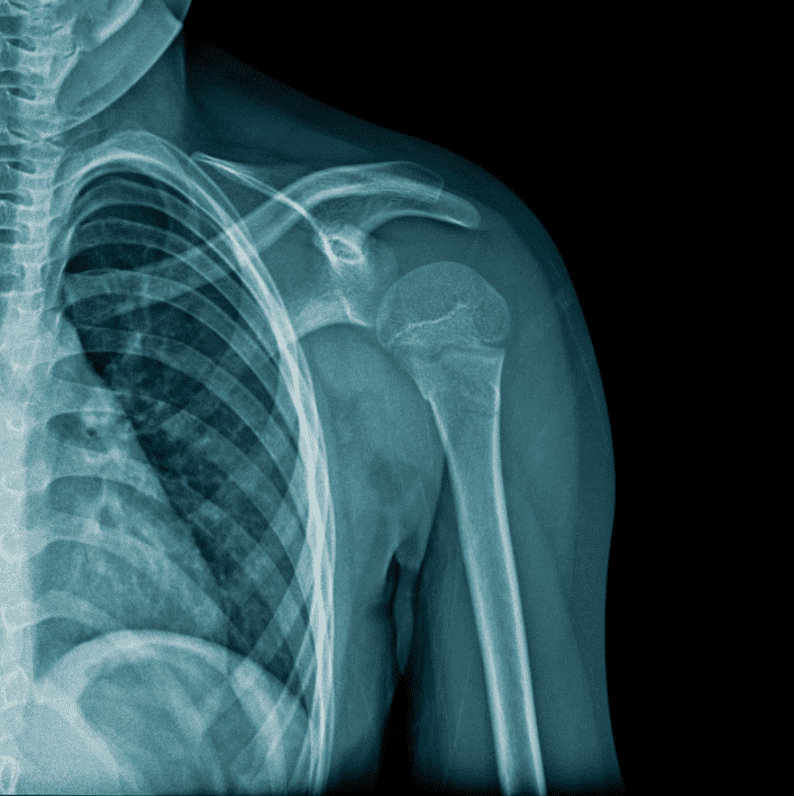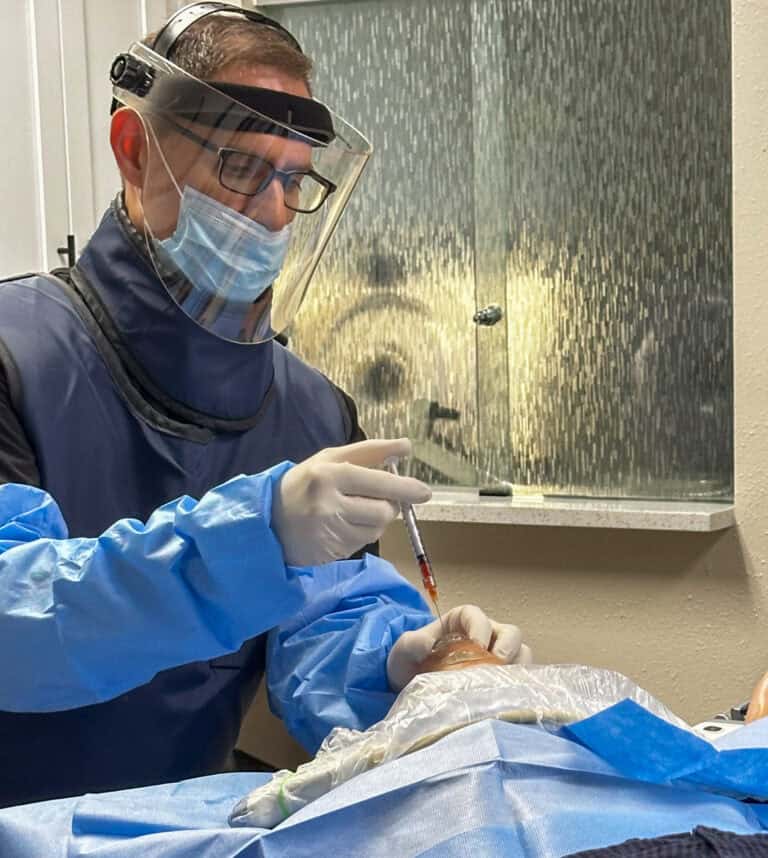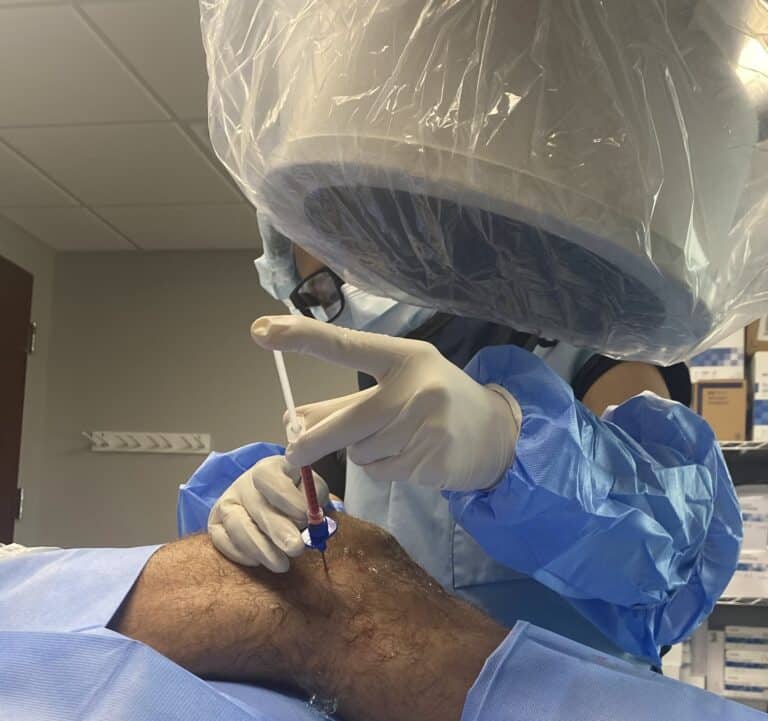Shoulders and the Car Suspension Analogy
In Chris Centeno, MD’s article The Critical Upper Body Suspension System, he draws a comparison between the suspension mechanism of a car and the suspension design within the anatomy of the shoulder girdle (1).
This comparison is fantastic in drawing an understanding of the complexity of the shoulder girdle. Oftentimes the shoulder is mostly regarded as only a ball-in-socket joint and a rotator cuff, but it is way more sophisticated than that.
So, first, let’s understand the mechanics of suspension.
A car’s suspension is a system of shock-absorbing components such as springs and dampers (2). Your car’s suspension helps ensure that your drive is safe and smooth by absorbing the energy from various road bumps and other kinetic impacts.
The main parts of a car’s suspension include:
- Springs: They help to take variables from the road and transfer them safely to the frame..
- Shocks: They absorb and dampen various kinetic energy impulses that your tires transmit when they contact the road, e.g. bumps in the road or driving over uneven surfaces.
In our example of the shoulder’s suspension system, we will draw similes between the structure of the shoulder girdles and the spring and shocks. The shocks will be represented by the four joints of the shoulder complex and the springs are represented by the ligaments, capsules, tendons, and muscles of these joints.
Now, let’s dig into the shoulder structure.
The 4 Joints of the Shoulder Complex
The four joints of the shoulder are:
- Glenohumeral (GH) – the “ball” of the upper end humerus arm bone and the “socket” of the scapula, held together by a joint capsule.
- Acromioclavicular (AC) – the acromion process of the shoulder blade meeting the outer end of the collar bone (this joint is on top of the shoulder)
- Sternoclavicular (SC) – the middle part of the collar bone meeting the sternum
- Scapulothoracic (ST) – the shoulder blade meeting the ribs on the back
Functional Forces Within the Shoulder Complex
Now that we know the four joints of the shoulder girdle, we can understand how the forces the shoulder manages relate to the car suspension analogy. To best orient you, the first two images show different views (a front view and an aerial/axial view) of the GH, AC, SC, and ST joints all together on the model. The third image shows how these joints work together to create the suspension mechanism.
The suspension mechanism functions as described by Chris Centeno MD as follows:
[The arrow in front of the shoulder suggests] a forward pushing force with your arms. The humerus arm bone is attached to your shoulder blade (scapula) by strong ligaments. That force, therefore, is transferred to the scapula which meets the clavicle at the AC joint. Muscles around the chest wall including the pecs (pectoralis major and minor), rotator cuff, and other chest wall muscles make sure that this force gets transferred to the clavicle which anchors at the top of your breast bone (sternum). These muscles [tendons and ligaments] also act as active shock absorbers (1).
Discrete Malfunctions within the Joints of the Shoulder Complex
Now, in a traditional orthopedic setting, a shoulder joint is addressed if it is too arthritic that is deemed as “needs to be replaced”, or a rotator cuff muscle is torn that is deemed as “will need to be surgically repaired.” Or, the worst scenario is when there is pain, but not a real understood cause, resulting in a bone-and-tissue-damaging corticosteroid injection. However, there is so much more to this beautiful bit of engineering than torn muscle tendons and arthritis.
A Regenexx physician will perform a complete functional evaluation of the shoulder to evaluate how every joint in this complex is functioning. A manual orthopedic evaluation and ultrasound study performed in combination can reveal things that an MRI cannot, or a cursory look at a patient will not: ligaments that are loose or other loss of structural integrity.
Oftentimes in an ultrasound or physical examination, a Regenexx physician will find, for example, that the ligaments holding the AC joint in place might have a grade of sprain, meaning that its inherent tightness and stability has been lost.
What does this mean for your shoulder? It means the force transmission as described above would have a kink in the system. Where the AC joint needs its full integrity to smoothly transmit the force through the collar bone and to the sternum and ribs, the force will get stunted right there in the AC joint. This causes a repetitive micro trauma to the AC joint that often leads to chronic inflammation, pain, and even arthritis.
This is one super common example of what we see in the office, but there is a chance that this type of breach in integrity could happen in any of the four shoulder joints, and a proper, detailed examination can reveal that and the source of your shoulder pain.
How Are Laxity Issues Treated in the Shoulder?
The detailed exam as described above then leads to specific data points revealing which exact ligaments, muscles or tendons, are under stress in your shoulder girdle. That’s why we test and not guess when it comes to what to treat. The specific exam drives specific knowledge that drives a highly specific procedure.
Your Regenexx physician would then use any one or combination of platelet rich plasma (PRP) or Bone Marrow Concentrate (BMAC), depending on your case, to treat the affected structures in the shoulder girdle.
The PRP or BMAC has the ability to help restore the integrity to the tissues involved so that the shoulder girdle can function as designed: like a gorgeous suspension mechanism with shocks and springs.
The Takeaway? Make sure your orthopedist, or any other clinician you’re trusting to evaluate your shoulder pain, knows what specific structures are involved. If this sounds like something that is affecting you or a loved one, we would love to see you to evaluate the suspension system of your shoulder.
For more information or a consultation…










